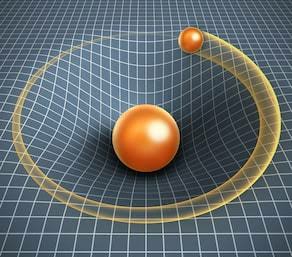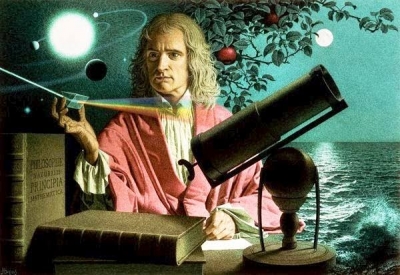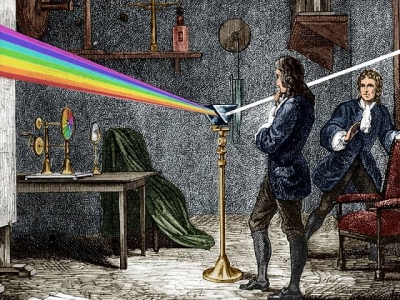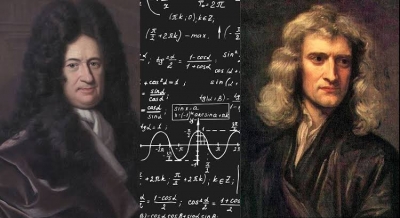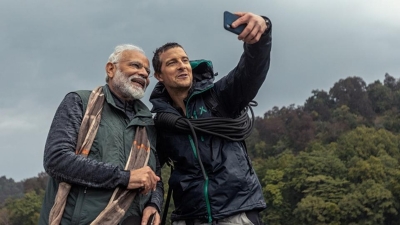
- One of the youngest mountaineers to climb Mount Everest.
- A black belt in karate.
- A former member of the Territorial Army Reservist for the Special Air Service.
- And, an acclaimed television anchor.
That’s Bear Grylls for you. The adventurist, who hosts the popular television series Man vs Wild possesses an impressive curriculum vitae – dare-devilish and courageous!
But before we get going, here’s one disclaimer – his actual name is Edward Michael Grylls. When he was just one week old, his elder sister named him ‘Bear’, which over the years became a household name.
A dream called Mount Everest
Hailing from a cricketing family – his great grandfather, James-Augustus Ford and grandfather Neville Ford were first-class cricketers – Grylls was interested in sports right from his childhood. And that eventually kindled his interest in the world of adventure.
When he was eight-years old, his father had given him a poster of the mountain for his bedroom wall and ever since, he wanted to climb it someday. But it was not an easy task.
While studying at the Eton College, London, the U.K., he founded a mountaineering club, and at 23, he climbed the Mount Everest, becoming one of the youngest mountaineers to do so. Pursuing a childhood dream, Grylls battled the odds to reach the peak just 18 months after breaking three vertebrae in a parachuting accident.
This, by his own admission, was a life-changing experience.
To ensure that he was acclimatised to the higher altitudes in the Himalayas, Grylls climbed the Ama Dablam – peak once described by Sir Edmund Hillary as ‘unclimbable’ in 1997.
That was the beginning of his adventures.
Air, there, everywhere
There are many folds to Grylls’ story. If scaling mountains is one aspect, traversing the globe is another. He led a team to circumnavigate the British Isles on jet skis in 2000. It took him around 30 days, but he did it to raise money for the Royal National Lifeboat Institution (RNU). In 2003, when Grylls set sail for the North Atlantic in an inflatable boat, along with three other crew, not many thought he would be able to complete the journey. But in three weeks time, the team completed 3,500 miles to achieve the incredible feat.
The journeys have never been easy, but with passion and fearlessness, Grylls has made them look like child’s play.
Following his favourite line – remember, courage and kindness and never give up – Grylls embarked on a record-setting para-jet para-motor expedition in the Himalayas near Mount Everest in 2007. This not only helped him attain great heights in his career, but also set the tone for his Guinness Book of World Records feat. Along with the double amputee, Al Hodgson and Freddy MacDonald, Grylls undertook the longest continuous indoor freeball. The previous record was 1 hour 36 minutes by a U.S. team, but Grylls and his men, surpassed the record by a few seconds.
Grylls says that the journeys to the Amazon, the Sahara and the Arctic have been hair-rising moments for him. And these are the memories that keep him going…
Alps, here we come!
So it doesn’t come as a surprise that Gyrlls’ idea of a perfect holiday is skiing and paragliding trips to the Alps. For someone who hops around the steepest of the mountains, paragliding in the Alps does look like an easy affair. After all, it’s the call of the wild that beckons him.
Lights, camera, action…
At 45, Grylls has written quite a few books chronicling his adventures. But he became a household name with his television series, Man vs Wild. The series featured him dropping into forbidding places, showing viewers how to survive. While it became immensely popular across the globe, Grylls travelled to India last year to shoot an episode with Prime Minister, Narendra Modi. The two spent days at the Jim Corbett National Park in Uttarakhand and the episode was aired in more than 180 countries. Recently, he also shot with superstar Rajinikanth, at the Bandipur National Park in Karnataka. Grylls’ heroics have earned him a huge fan base in India.
Grylls’ adventures have helped him fulfill his childhood dreams. But Grylls is always on the lookout for his next adventure!
Picture Credit : Google
